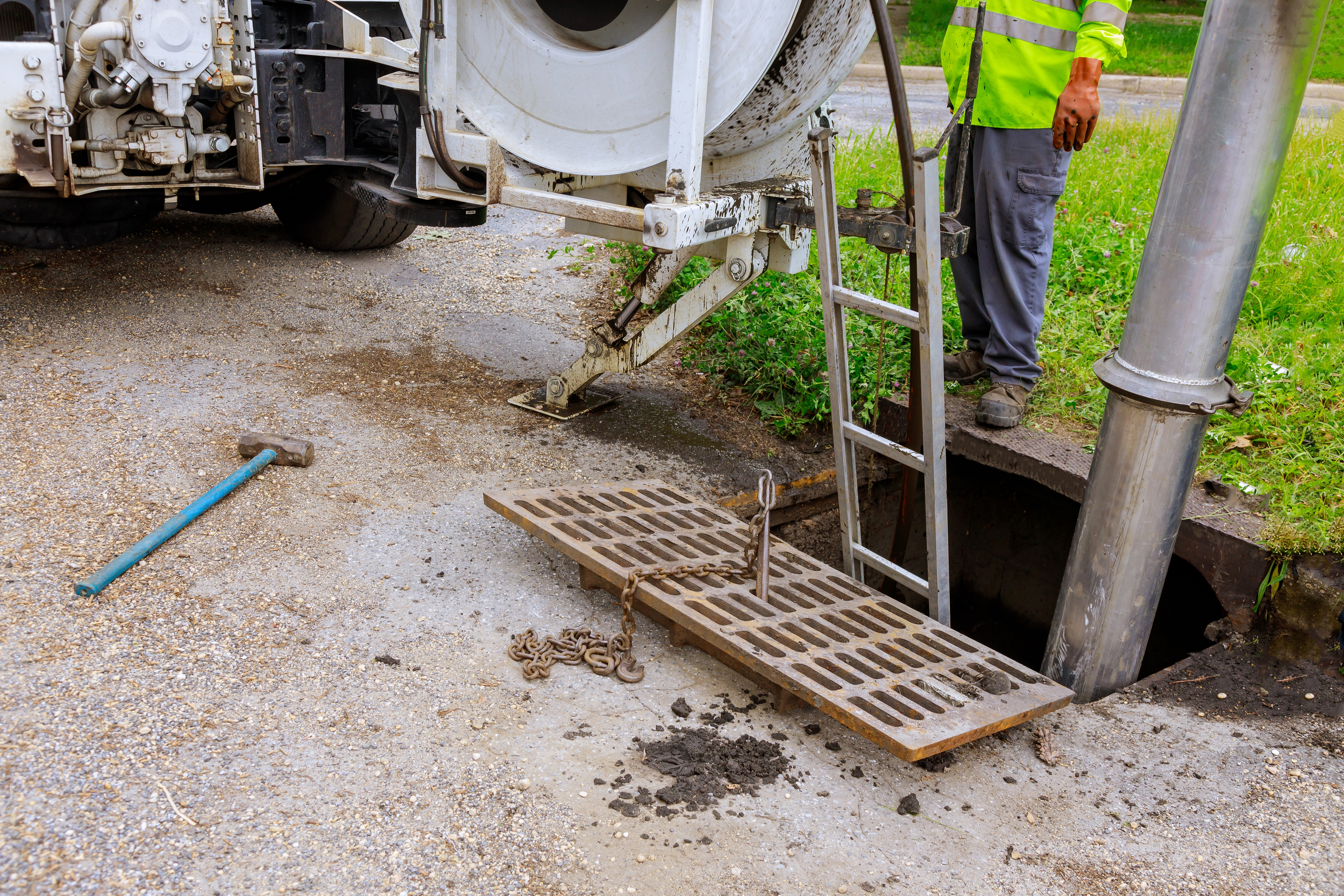Sewer problems can be a serious problem for homeowners. The sewer line originates from the house and ends at the sewer main in front of your sidewalk, which is maintained by the city sewer department. Although sewer line problems are not common, it’s a good idea to know about sewer safety and to learn what sewer problems does the city solve, and which are my responsibility? The sewer system delivers wastewater from homes and businesses to treatment plants using gravity as its power source. In some areas, sewage goes into lift stations that increase its velocity before discharge into larger mains that carry it away from buildings.
Three Major Components That Make Up a Sewer System
- Main Sewer Line – Lines that carry sewage several miles to sewer treatment plants.
- Gravity sewer lines – Lines that carry wastewater downhill using only gravity to power it, typically in flat areas with no significant changes in elevation.
- Combined sewer system – Both sewage and storm runoff flow together.
Storm water gets mixed up with raw sewage when combined sewer systems are overwhelmed by heavy rains or snowmelt. The combined sewer overflows (CSOs) can cause serious problems for homes along waterways, such as basement flooding and beach closures due to high bacteria levels from the CSOs also known as sanitary sewer overflows. They can be quite costly for homeowners because they require costly repairs including plumbing damages from raw sewage leaks, hazardous mold removal from flooded basements and sewer backups.
The sewer system is only part of the sanitation infrastructure that houses plumbing and sewer systems, like drains and sewer lines that carry wastewater from homes and businesses to the city sewer main line. Your sewer line belongs to you; it starts at your property boundary, goes under or around your yard, and goes underground until it reaches the sewer main in front of your sidewalk.
This is where the city’s responsibility ends, but because many homeowners are unaware that their sewer line begins on their side of the sidewalk, damage occurs when clearing vegetation away from sewer lines. If not taken care properly this can cause leaks in water pipes which may result in mold growth inside walls, ceilings and floors making them weak. These problems are handled by homeowner’s insurance. You can avoid sewer problems by knowing what to look for and what actions you should take if sewer problems arise.
The Most Common Sewer Problems
-sewer odors in the backyard or basement
-sewer backups into your home and yard
-sagging of the driveway or sidewalk that indicates a break in the sewer line underneath it
These sewer problems require immediate attention from a licensed plumber or contractor like Fuller-Wente, Inc. to make sure no raw sewage gets onto your property, which is why hiring a reputable professional (you may need an expert sometimes) with experience handling such repairs is important. Otherwise, you risk further damage to your house and private property when the problem goes unattended for too long.


